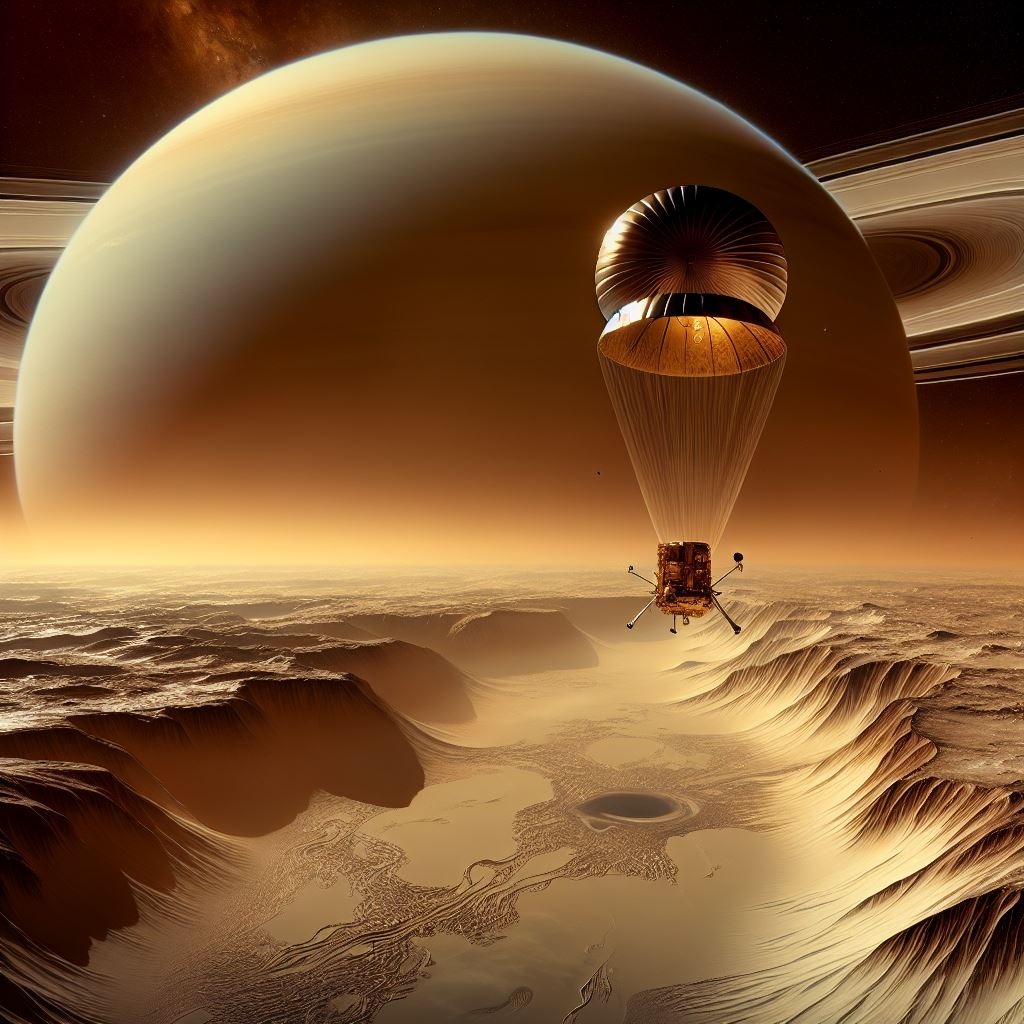
On 14 January 2005, the European probe Huygens, part of the historic Cassini mission, sent back to Earth the first images of Titan, Saturn's largest moon, never before reached by a spacecraft. The images, astonishing and far removed from any terrestrial scenery, showed breathtaking landscapes, with mountains and valleys carved by rivers of liquid hydrocarbons, an alien world that seemed to speak a completely different language from the one we know. Italy played a key role in this mission, with important technologies developed by Thales Alenia Space, such as the PDRS communication subsystem and Cassini's high-gain antenna, key tools for transmitting data back to Earth.
Among the data collected by Huygens, 350 images were transmitted during a descent of more than two hours, revealing branching rivers and a possible sea on Titan's surface. Italian instruments, such as HASI, were also instrumental in revealing atmospheric sounds, which translated radar frequency variations and offered new information on the characteristics of Titan, the moon with an atmosphere similar to that of early Earth.
This mission not only opened a window to an unknown world, but also laid the foundations for numerous technologies that today form the basis of future space missions. Synthetic Aperture Radar (SAR) was crucial for Earth observation, as in the Italian Cosmo-SkyMed missions and the Copernicus Sentinels programme. Cassini's antenna has also inspired the design of antennas for missions such as ExoMars and BepiColombo, which are heading to Mars and Mercury respectively.
In a broader context, this kind of space exploration might seem distant and inaccessible, but a project like Starbottle, which aims to send messages into space, is part of a tradition of exploration and communication into the unknown. Just as the Cassini-Huygens mission sent a message from Earth to Titan, Starbottle sends our messages out into the universe, hoping that they will reach other life forms, potentially in distant, unexplored worlds. These messages, similar to the information collected by Huygens, could be the first step towards interstellar communication, leaving traces of ourselves in infinite space, waiting for someone or something to receive them in the distant future.